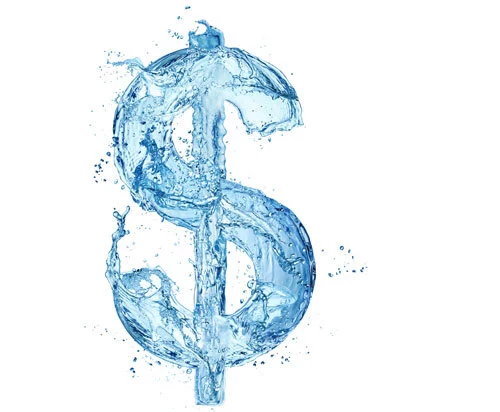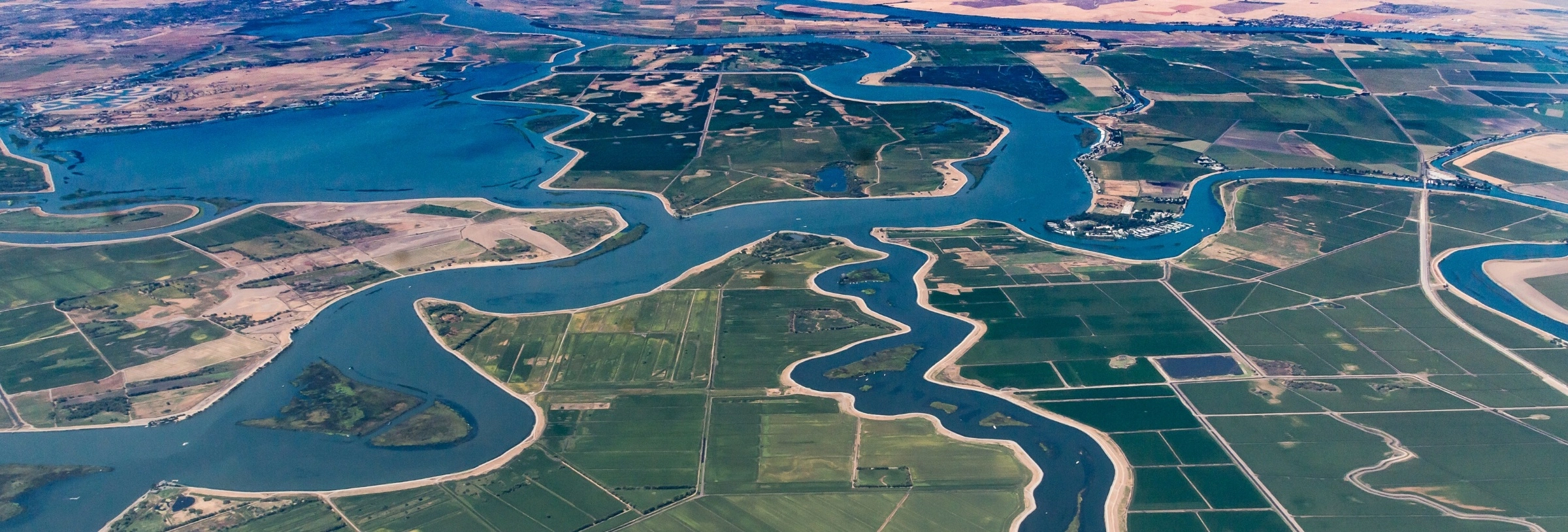
On October 23, 2024, the US Environmental Protection Agency (EPA) announced $276 million in available funding for California water infrastructure projects. When combined with the $269 million it announced on October 8, 2024, that raises the total to $545 million announced this month.
The funding comes through President Biden’s Bipartisan Infrastructure Law, which provides for $50 billion in investments in water infrastructure throughout the country. The October 23 announcement is part of a total of $3.6 billion in available funding, which is designated to particular states and territories. When combined with the $2.6 billion announced on October 8, that marks a total of $6.2 billion in available funding nationwide for Fiscal Year 2025.
The funding will be available through California’s Clean Water State Revolving Fund (CWSRF) and Drinking Water State Revolving Fund (DWSRF). The revolving funds generally operate by providing low interest loans and a variety of other services.
Specifically, the October 23 funding is split into the following allotments: $178 million for the Bipartisan Infrastructure Law Clean Water General Supplemental funds, $15 million for Clean Water Emerging Contaminants funds, and $82 million for the Drinking Water Emerging Contaminants Fund. The October 8 funding, which was announced alongside the Biden administration’s lead and copper rule final regulations, is solely available under the DWSRF and “is available to support lead pipe replacement and inventory projects.”
The CWSRF provides funding to both private and public parties, although there are limitations based on the specific project type. The eleven types of projects funded by the CWSRF are:
- Construction of publicly owned treatment works;
- Nonpoint source pollution management programs;
- National estuary program projects;
- Decentralized wastewater treatment system projects;
- Measures to manage, reduce, treat, or recapture stormwater or subsurface drainage water;
- Water conservation, efficiency, and reuse projects;
- Watershed pilot projects;
- Energy efficiency projects for publicly owned treatment works;
- Water reuse projects;
- Security measures at publicly owned treatment works; and
- Technical assistance to owners and operators of small and medium sized publicly owned treatment works to plan, develop, and obtain financing for CWSRF eligible projects and to assist each treatment works in achieving compliance with the CWA.
Information on California’s CWSRF can be found here.
The DWSRF operates similarly to the CWSRF although there are some notable differences. One is that only public water systems can apply for funding, a term defined in the program’s Eligibility Handbook that can include some “privately-owned” (i.e., investor-owned) systems. In terms of the types of projects the DWSRF funds, the handbook lists that it includes only “expenditures of a type or category which the EPA Administrator has determined will facilitate compliance with national primary drinking water regulations or otherwise significantly further the health protection objectives of the [Safe Drinking Water] Act.” The handbook also lists examples of project categories, although it expressly notes that the list does not cover all types of eligible projects:
- Treatment;
- Examples include new treatment facilities, upgrades to existing systems, potable reuse projects, and desalination plants.
- Transmission and Distribution;
- Examples include installation, replacement, or rehabilitation to improve water pressure or precent contamination; service line replacements; and purple pipe systems.
- Source;
- Examples include development of new sources; alternative supply; and aquifer storage and recovery systems.
- Storage;
- Consolidation;
- Examples include purchase of a water system and its assets and interconnection of systems.
- Creation of New Systems;
- Water Security Projects;
- Examples include fencing and gates, lighting, and cameras.
- Energy Efficiency Projects; and
- Examples include retrofits and upgrades, pump refurbishment, renewable energy projects, and utility energy management projects.
- Other Capital Projects.
- Examples include the purchase of spare parts in the normal course of business; large capital equipment purchases such as SCADA systems, leak detection devices/equipment, and stand-by power generators; and, in the right circumstances, acquisition of vehicles, administration buildings, existing infrastructure, and land.
Information on California’s DWSRF can be found here.
This announced funding comes shortly after EPA announced $7.5 billion in available funding through the Water Infrastructure Finance and Innovation Act (WIFIA) and State Water Infrastructure Financing Authority (SWIFIA) programs. The bulk of that funding, $6.5 billion in WIFIA loans, also relies in part on CWSRF and DWSRF program eligibility, providing ample opportunity to projects that qualify.
- Associate
Alex Van Roekel provides counsel to clients on state and federal water law issues, including compliance with statutory and regulatory requirements, litigation strategy in both state and federal court and public policy within the ...
California Water Views provides timely and insightful updates on the water sector in the state. We relay information on how water legislation and policy from the nation’s capital, Sacramento, and around the U.S. affect California’s water utilities, agencies, practitioners, and consumers. We also write about important events, conferences, legal cases, and other key happenings involving all things water in and around California.
Stay Connected
 RSS Feed
RSS Feed
Categories
- Clean Up of Groundwater & Contaminated Media
- Climate Change
- Coastal Development
- Construction
- COVID-19
- Dam Construction, Operation & Removal
- Desalination
- Environmental Protection Agency
- Events
- Government Administration
- Groundwater Management & SGMA
- Inverse Condemnation & Regulatory Takings
- New Legislation
- Oceans, Marine Life & Maritime Transportation
- Project Construction
- Projects
- Public Agency Regulation
- Recycled Water
- Regulatory Reform & Proposed Rules
- Right to Take
- Valuation
- Water Infrastructure
- Water Litigation
- Water Quality
- Water Rights
- Water Supply
- Water Utility Regulation

